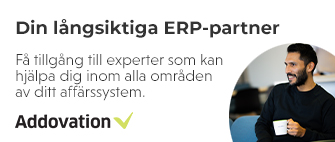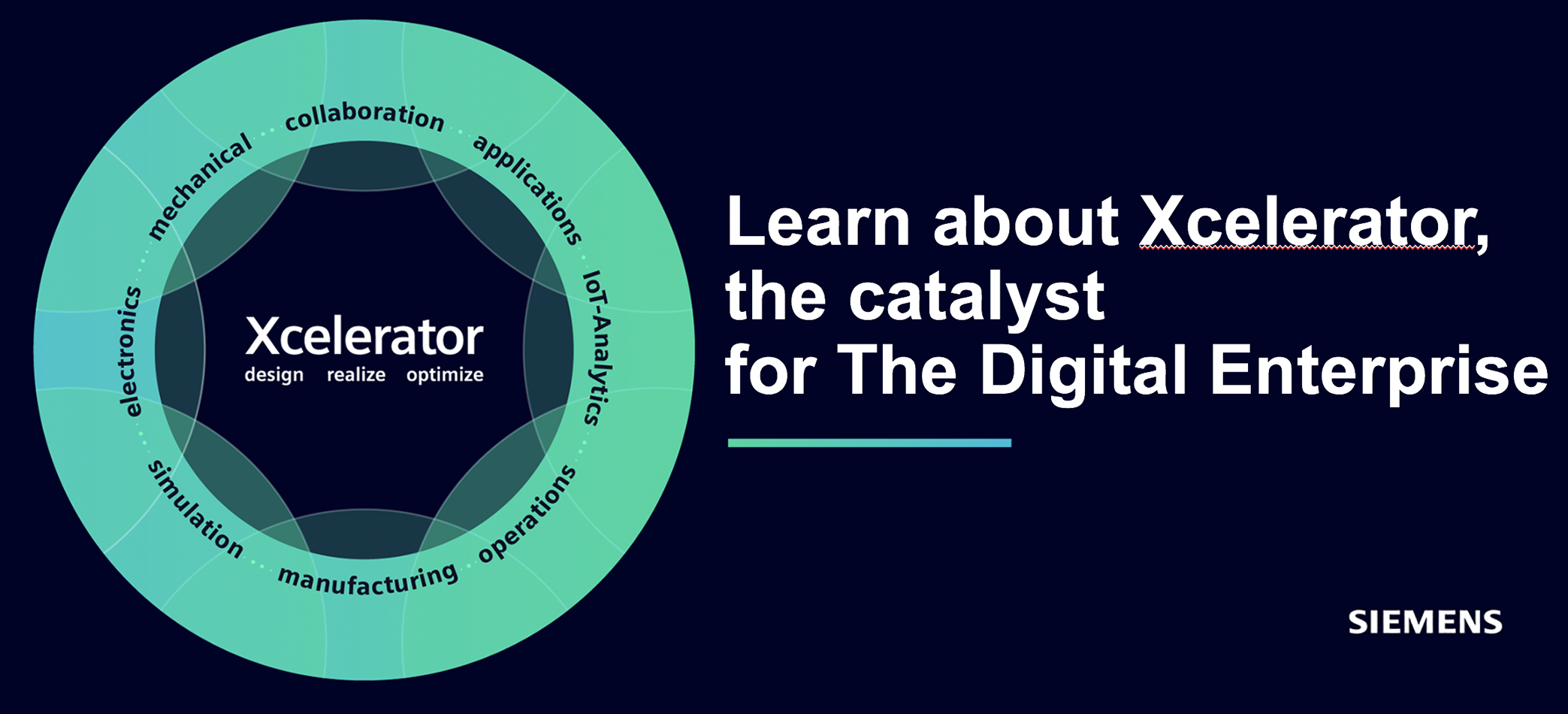In recent years, the combination of increased computing power, dedicated tools and huge interest in the technology has led to an exponential increase in usage. Most companies are sitting on a large amount of data, virtual or physical, that can be used to create models for better and smarter decision making.
This is what the agenda looks like for the NAFEMS Nordic Conference in Lund, Sweden.
Wednesday the 20th of November
10:30 Pre-seminar short course: AI for Simulation Engineers – Max Kassera (yasAI)
13:30 Welcome & Introduction. Pär-Ola Jansell (member of the NAFEMS NORDIC Steering Committee/Altair Engineering); Albert Roger Oswald (NAFEMS)
13:40 Keynote presentation. AI-Driven Digital Twins: Bridging the Physical and Digital Worlds in Modern Mecha(tro)nics – Grzegorz Orzechowski (LUT University)
14:15 Pushing the Boundaries of Innovation with AI – Joakim Lindholm (Altair Engineering)
14:35 Data-Based Design of a Tracking Controller for Planar Closed-Loop Mechanisms – Sanam Hajipour Talkouei, Dieter Bestle (University of Technology Cottbus–Senftenberg)
15:00 Event Detection and Cause Correlation for Crash Simulation Results – Dominik Borsotto (Sidact)
16:15 Machine Learning Tools and Applications for Optimization and Design Exploration – Dimitrios Drougkas (BETA CAE Systems)
16:40 Towards AI-Empowered Design Exploration – Jan Granlund (Dassault Systemes)
16:50 AI-Empowered 3D Surrogate Modelling: Case Study of Thermo-Mechanical Simulation of a Glass Table – Padmeya Prashant Indurkar, Barakat Bokharaie, Jan Granlund (Dassault Systemes)
17:15 Memory for Your AI: Lessons Learned from 6 Years of Applied Research on Contextual Graph-Data-Bases as Enabler for AI Use Cases – Christopher Woll (GNS Systems); Marco Lah (Context64.ai)
Thursday, 21st of November
08:30 Keynote presentation. Applications of AI/ML in Fatigue Analysis – Anssi Laukkanen (VTT Technical Research Centre of Finland)
09:05 Automated Damage Localization in Carbon Fiber Composites via Machine Learning and Deep Learning – Andre Tavares (Siemens Digital Industries Software)
09:30 Artificial Neural Networks Aiding the Calibration Process of Polymers in the Packaging Industry – Eskil Andreasson (Tetra Pak); Md Shafiqul Islam (Blekinge Institute of Technology)
10:40 Modelling of Visco-Plasticity using Neural Networks – Martin Kroon (Linnaeus University)
11:05 AI-Driven Design Parameter Optimization for Sheet Metal Forming Processes – Kai Dietheim, Koutaiba Kassem-Manthey (GNS Gesellschaft für numerische Simulation); Semih Burak, Christian Terboven (RWTH Aachen University); Seyed Ali Mohammadi, Ahmad Tarraf, Felix Wolf (TU Darmstadt); Lukas Moj, Christopher Woll (GNS Systems)
11:30 Applications of AI in Engineering – Gustaf Jönsson (Altair Engineering)
13:00 Combining Simulation with Machine Learning During Various Design Phases of Turbomachinery – Erik Munktell (Siemens)
13:25 Data-Driven Optimization of Exhaust Valve Geometry for Wear Reduction
Mohammad A. Haghnejat (Wärtsilä/FS Dynamics ); Jouko Hintikka, Niclas Liljenfeldt (Wärtsilä); Luc St-Pierre (Aalto University)
13:50 Empowering Organizations with Engineering Intelligence to Revolutionize Product Development – Mariana Osorio (Neural Concept)
14:15 Discussion. AI and ML in Simulation Driven Design – How do these Technologies Add Value? – Pär-Ola Jansell (member of the NAFEMS NORDIC Steering Committee/Altair Engineering) MS NORDIC Steering Committee/Altair Engineering); Albert Roger Oswald (NAFEMS)
A MUST READ:






